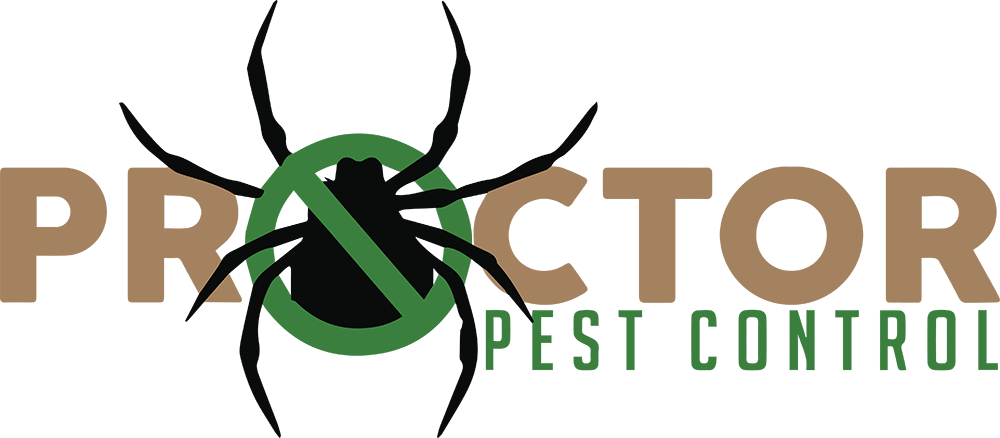
13 Mar Termite Swarming Season: Recognizing Signs And Taking Preventive Measures
As the weather warms up, so does termite activity. Termite swarming season is a crucial time for homeowners to be vigilant and proactive in protecting their properties from these destructive pests. In this blog post, we’ll explore what termite swarming season is, how to recognize the signs of a termite infestation, and the preventive measures homeowners can take to safeguard their homes.
Understanding Termite Swarming Season:
Termite swarming season typically occurs in the spring when temperatures rise and conditions become favorable for termite colonies to reproduce. During this time, reproductive termites, also known as alates or swarmers, emerge from mature colonies in search of a mate and a new location to establish a colony. These swarms often occur after rainfall, usually on warm, humid days, and may last for a few hours or several days.
Recognizing Signs of a Termite Infestation:
There are several signs that homeowners can look out for to determine if they have a termite infestation:
- Swarmers: The presence of flying termites around windows, doors, or light fixtures is a telltale sign of a termite swarm.
- Discarded Wings: After mating, termite swarmers shed their wings, which may be found in piles near windowsills, doors, or other entry points.
- Mud Tubes: Subterranean termites build mud tubes along walls, foundations, or other surfaces to provide them with moisture and protection as they travel between their colony and a food source.
- Wood Damage: Termites feed on wood from the inside out, leaving behind hollowed-out tunnels and galleries. Look for sagging floors, hollow-sounding wood, or damaged wooden structures.
- Frass: Termite droppings, also known as frass, may accumulate near termite-infested areas and resemble small piles of sawdust or pellets.
Preventive Measures:
To minimize the risk of termite infestations during swarming season, homeowners can take the following preventive measures:
- Schedule Regular Inspections: Arrange for annual termite inspections conducted by a licensed pest control professional to detect signs of termite activity early.
- Maintain Proper Moisture Levels: Repair leaks, improve drainage, and ensure proper ventilation to reduce moisture buildup, which attracts termites.
- Remove Wood-to-Soil Contact: Keep firewood, lumber, and other wooden materials stored away from the foundation of the home to eliminate potential termite entry points.
- Seal Cracks and Gaps: Seal cracks, gaps, and openings in the foundation, walls, windows, and doors to prevent termites from gaining access to the home.
- Consider Termite Treatment: Consider investing in termite treatment options such as soil treatments, bait stations, or barrier treatments to protect your home from termite infestations.
Termite swarming season poses a significant threat to homeowners, but by recognizing the signs of termite activity and implementing preventive measures, you can reduce the risk of termite infestations and protect your home from costly damage. Stay vigilant, schedule regular inspections, and take proactive steps to safeguard your home against these destructive pests.



